DU researchers stumble upon new species of frog from Wayanad | Video
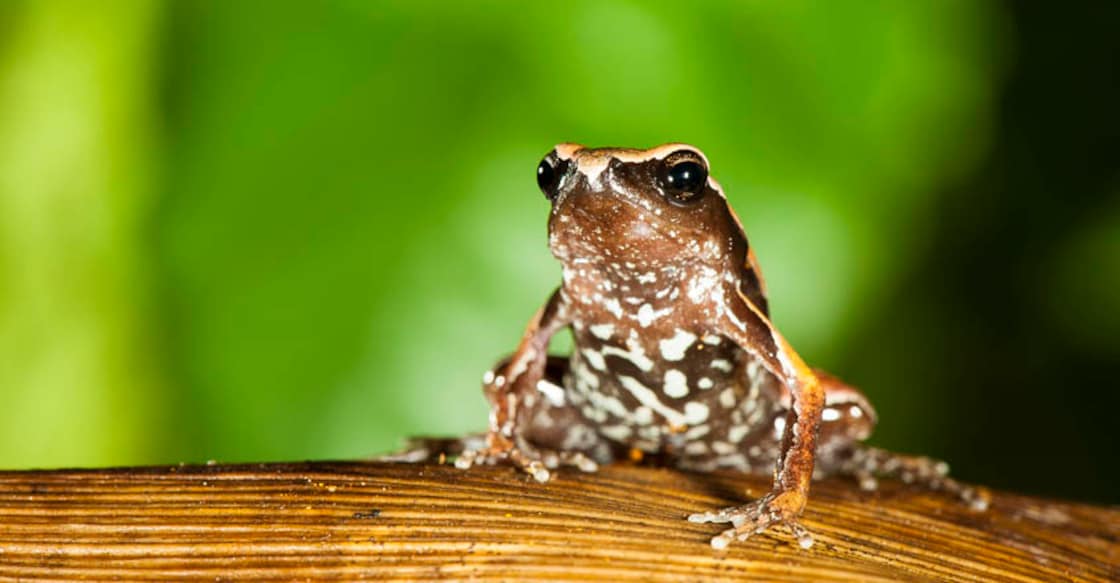
Mail This Article
Two amphibian researchers from Delhi University have discovered a new genus and species of narrow-mouthed frogs from Wayanad in south Western Ghats of Kerala.
Sonali Garg, a PhD candidate, and Prof S D Biju, her research supervisor, made extensive examinations to confirm that the frog discovered from a wayside puddle represents an entirely new species and genus from the microhylidae family.
The findings have been published in a scientific article titled ‘New microhylid frog genus from Peninsular India' in Feb 13 issue of the Nature Research Group journal 'Scientific Reports'.
The researchers have named new frog genus and species Mysticellus Franki – from Latin mysticus, meaning ‘mysterious’ and ellus, or ‘diminuitive’). Franki is to honour evolutionary biologist Prof Franky Bossuyt from Vrije Universiteit, Brussel.
The study was funded by grants from Department of Science and Technology, Delhi University and the Critical Ecosystem Partnership Fund.
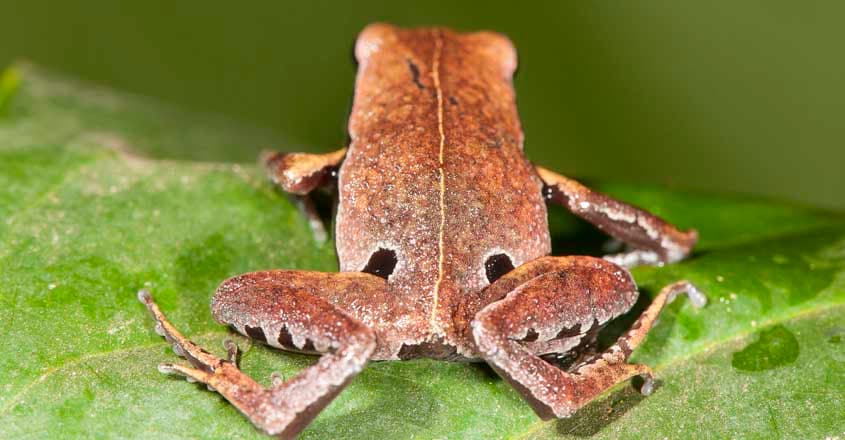
The closest relatives of the new genus have been found more than 2,000 kilometers away
in regions encompassing Indo-Burma and Sundarland Biodiversity hotspots.
The new genus would have diverged from Southeast Asian relatives about 40 million years ago, according to the findings.
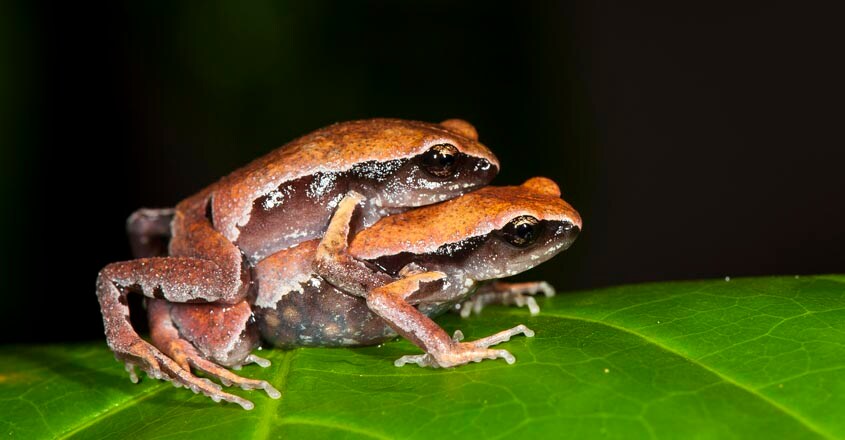
Unlike most new discoveries that have resulted from explorations in forested areas, this new frog was discovered from a temporary wayside puddle in one of the most explored and researched areas of the Western Ghats.
The new genus has been spotted from a single locality and was not found at any other locality despite extensive surveys in vicinities.
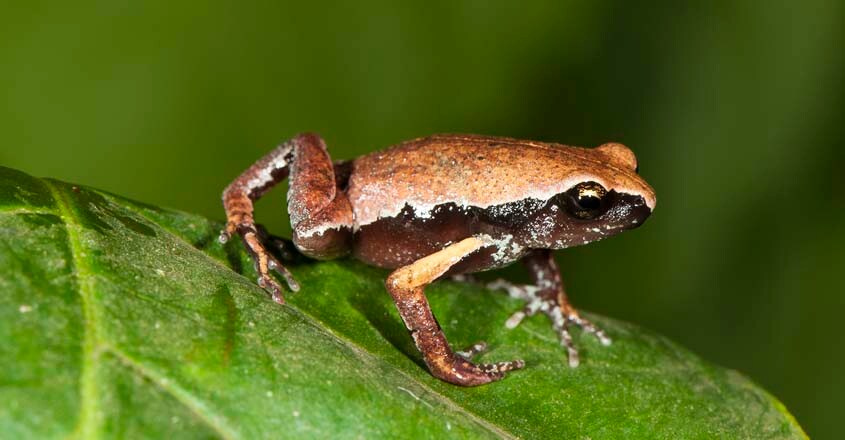
“This frog went unnoticed until now probably because it appears for less than four days for breeding activities and lives a secretive lifestyle for rest of the year,” Sonali Garg pointed out.
How The Discovery Happened
The discovery came following three years of her field and lab study.
During routine field surveys as part of her PhD research, Sonali collected some ‘strange’ tadpoles from Wayand.
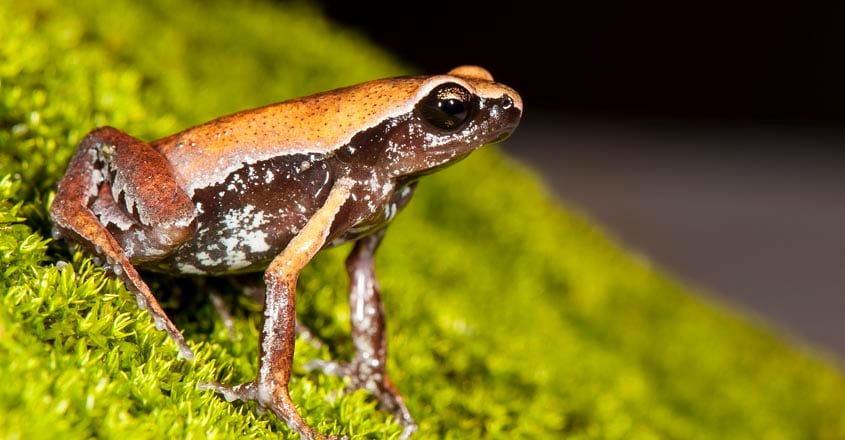
Subsequent genetic comparisons failed to match any other known frogs of the region. The next two years were spent in vain searching for an adult frog. The search finally ended in 2015, immediately after the first one to two heavy monsoon rains hit the south-west coast of India.
Over 200 frogs were then observed on grass blades around a temporary rainwater puddle.
Breeding activities took place for less than four days, following which the water levels increased dramatically leaving behind no trace of the animals. The team failed to locate even a single individual of this frog at any other time of the year, despite repeated surveys at the same locality for three years.
Due to the extremely short breeding season of the frog and its disappearance for rest of the year, the new genus has earned the common name— Mysterious Narrow-Mouthed Frog.
The past two decades have witnessed some remarkable amphibian discoveries from the Western Ghats. New findings, such as this frog, indicate that the amphibian inventory of the region is still far from being complete.

